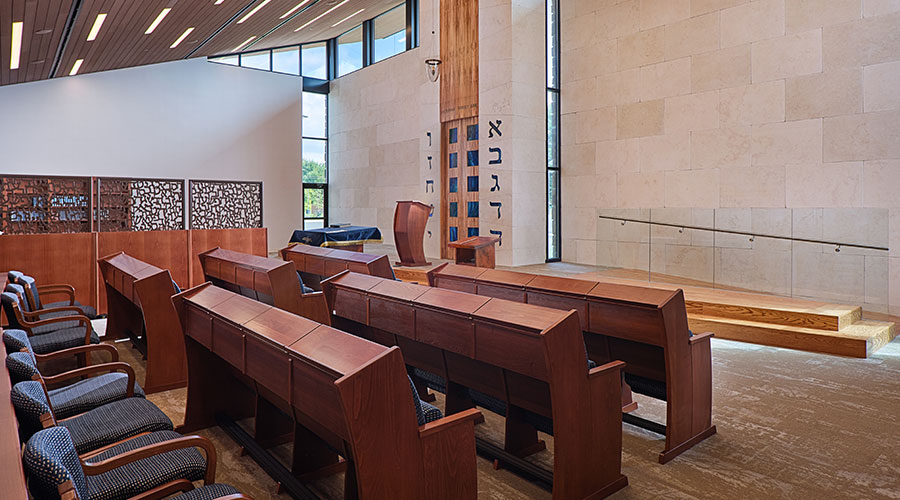Underfloor Air Distribution Can Benefit High Performance Buildings
April 19, 2012
Today's tip from
Building Operating Management comes from Jeffrey L. Heiken of KlingStubbins. Underfloor air distribution systems can offer benefits to high performance HVAC designs.
Underfloor air distribution enhances building operation and energy efficiency. Underfloor air distribution systems supply air from the floor level, putting the cooling source in closer proximity to cooling need. With conventional overhead air delivery systems, the conditioning air is typically forced from the ceiling level down to the occupant and equipment. In a cooling mode, the air must travel through a mass of hotter air that has naturally risen to the ceiling. As it falls, the cooler conditioned air mixes with hotter air, reducing the performance of the HVAC system.
Underfloor air distribution systems invite the hot air to rise, displacing it upward to the ceiling levels for return. The occupied lower 7 feet is conditioned; above that level, elevated temperatures are not sensed by occupants or equipment.
The pressurized plenum of the underfloor space serves as a supply air distribution system. It is a low static pressure delivery system. The economic benefit of reducing fan static pressure requirements comes in fan energy savings.
On a high rise project in Raleigh, North Carolina, an energy model was used to evaluate elements of a high performance HVAC system. The building was a 305,000 square foot public safety building for police and fire operations. One element considered was an underfloor air distribution system. The raised flooring in this application enhanced space utilization flexibility and was a value added element the owners desired for office space.
The model for this project showed a 13.4 percent decrease in fan energy use with the underfloor system.
This has been a
Building Operating Management Tip of the Day. Thanks for listening.
Next
Read next on FacilitiesNet







